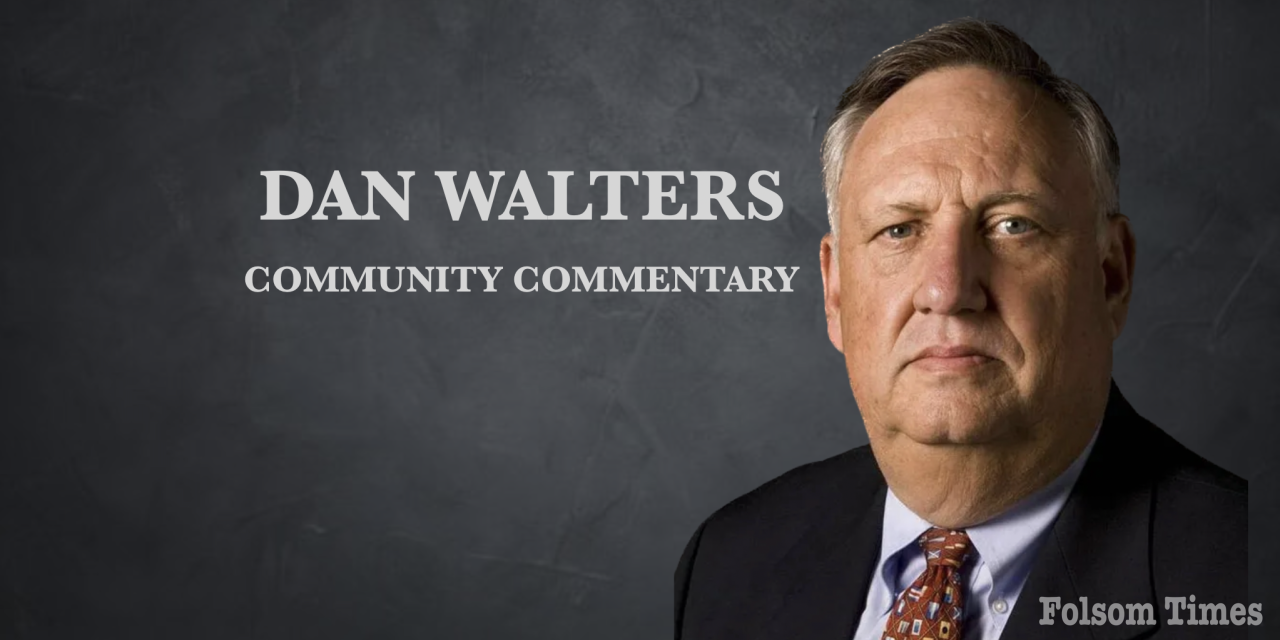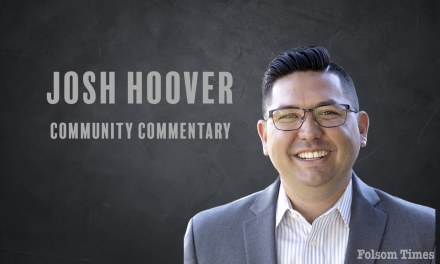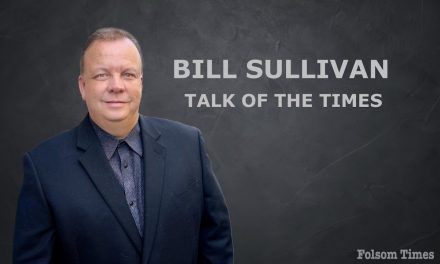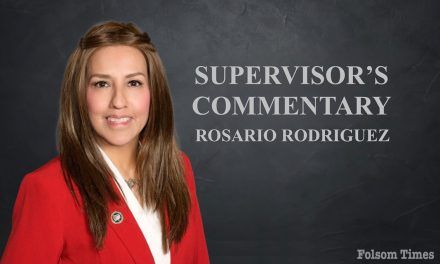Nine years ago, as the state Board of Education was working on a system to inform Californians about what was happening in schools, one of its professional advisors, Nancy Brownell, delivered what she described as a “very brief” summary.
Quoted in full from a recording of the July 28, 2015, meeting: “The conversation around what we’re learning and the development of the evaluation rubric obviously applies in the context of accountability at the larger context. So what the specifics of really being able to build a larger system that emphasizes the cohesive framework that leads to a sense of how we are going to operationalize the demands and expectations in Ed Code around the rubric around how the components, then, of an accountability system that focuses on multiple measures and tries to, as several of you have said, weave the pieces together to help think about the context of the state priorities and how the guiding principles are a lens, we want to continue to develop the details. I have taken to using a picture of an iceberg in some of the presentations on accountability. There is a lot of agreement in some ways on the surface level. None of us would question the importance of the principles. It’s really below the surface in the huge picture I use of what does that really look like in an operationalized system.”
Brownell’s jargon-heavy word salad encapsulated the shortcomings of the so-called“dashboard”that the board later adopted. Academic performance should have been the main focus of the California School Dashboard, but it is just one of its “multiple measures,” thus allowing schools with sub-par test results to boast of high ratings due to their ancillary scores.
The obtuse nature of the dashboard was not accidental.
At the time, school finance was being overhauled by theLocal Control Funding Formula, championed by then-Gov. Jerry Brown. It provides extra money to schools with large numbers of poor and English learner students, to narrow a chronic “achievement gap” separating them from more privileged classmates.
Education reformers, who had pressed the state to address the achievement gap, also wanted accountability for outcomes, but Brown adamantly opposed strict state oversight, saying he trusted local educators to spend the money wisely.
His hands-off position drew support from local education officials and school unions, especially the California Teachers Association, who argued that it was unfair to hold educators accountable for outcomes when they faced daunting challenges in educating kids from myriad social, ethnic and linguistic backgrounds.
The result was the multiple-factor dashboard, replacing an existing reportage system that had been based almost entirely on academic test scores.
Nearly a decade later the achievement gap remains large and, in fact,widened during the chaotic months of the COVID-19 pandemic, when schools were closed and kids were stuck with instruction via the internet.
The shortcomings of California’s dashboard are finally being recognized.
The Center for Reinventing Public Education, based at Arizona State University, has issued astate-by-state report on school system transparencyin test scores in math, social studies, reading and science, as well as absenteeism, graduation rates and English learner progress. California’s dashboard received a “D.”
“I have a Ph.D. in education policy and I can barely navigate these sites,”Morgan Polikoff, a USC professor who worked on the report, told CalMatters.“How do we expect a typical parent to access this information and make sense of it?”
In a rational world, officialdom would see the damning report as a mandate for reform. But California’s education establishment is no more interested in real accountability than it was nine years ago. It much prefers to bury reality in indecipherable jargon.
Dan Walters is a journalist and author who writes forCALmatters.org, a nonprofit, nonpartisan media venture explaining California policies and politics. Folsom Times is an authorized CalMatters media partner in an effort to keep our local community up to date on happenings in the State Capitol.




